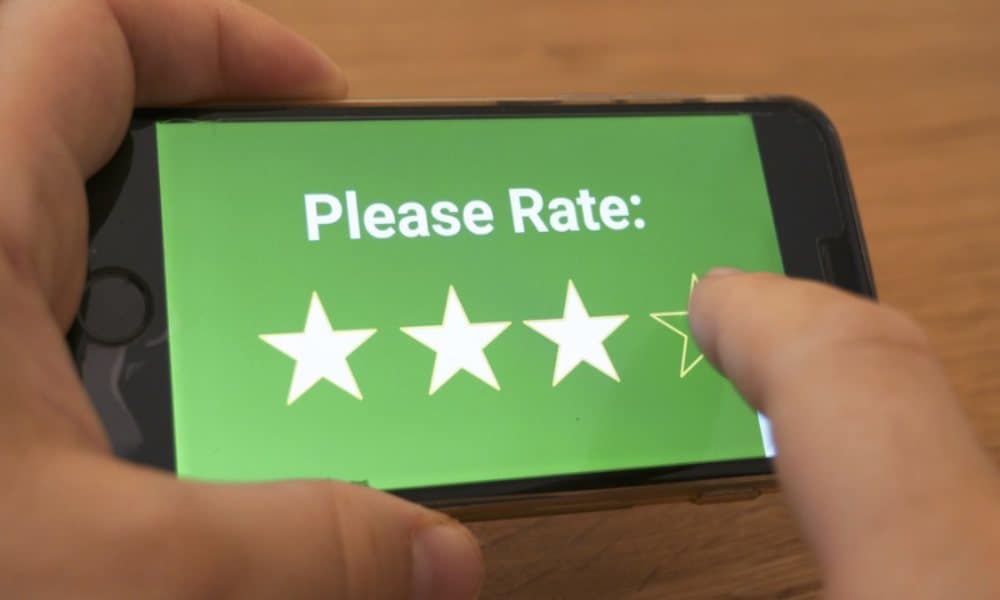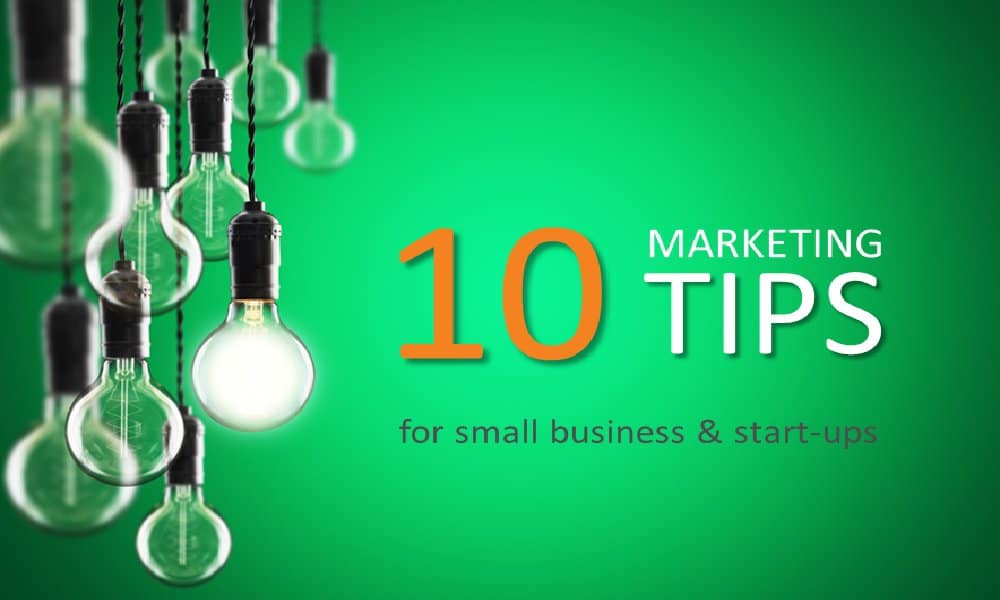Surveys are quick, easy and (with tools like SurveyMonkey) easily affordable for small to medium businesses. So how do you use them effectively? Let’s look at four key benefits of surveys – plus hints on how to implement effectively in your small or medium business.
1. Customer satisfaction surveys
Use surveys to measure your customer satisfaction. It’s the first thing most of us think of.
The old-fashioned way is to send out an annual survey. You ask lots of questions of all your clients to see how they feel about your service. Don’t do that! Instead, try to send something when it’s more timely.
You are most likely to get a response from people when you have just done something for them. So when you’ve just sold something to them, when you’ve just completed a project, send out a quick survey. Introduce it like this:
“Thanks very much for your business. We’d like to know how we did. Please complete this quick survey.”
Keep your survey questions the same for all clients. Over time you will build up a results base that will give you a clear indication of your customer satisfaction.
Get more from a customer satisfaction survey
Always include a couple of free text fields:
- Tell us what you liked about us.
- Tell us what you think we could have done better.
- Or even ‘Why did you choose us over the competition?‘
With a free text “Tell us what you liked about us” field, people will often write something positive about you. This is the start of a testimonial, or maybe even a case study. So if you’ve got a positive comment, email them call them. Say, ‘Thanks. That was a lovely thing you said. Would you mind if we used it as a testimonial on the website and in our marketing materials?‘
Please note, don’t ask them in the survey itself. Wait till they’ve said something nice about you, then ask if you can share it with other people. At this point they’re committed – it’s harder for them to say no. Of course, they may still say no. In this case move on. But if they say yes, you’ve got a testimonial.
If there was a good story in your business with them, and if you have a strong enough relationship, ask for a case study too. (Here’s some ideas on creating good case studies.)
So this is a good way of measuring customer satisfaction and getting feedback from satisfied customers. You can use this to market your business further.
2. Research surveys
The second way to use surveys is for research and find things out. This can be really big research, or something smaller and more specific.
Here’s an example. One client develops automated business reports. He extracts information from different software programs and compiles custom reports with the exact information his customer wants. So he has to keep abreast of the software people use and the reports they need. He could ask a survey with a few really simple questions:
- Which software programs are you using?
- What are the biggest problems you have with your software?
- Which of these types of information do you find is hardest to get meaningful information about?
A quick, simple, three question survey. He could promote it online to all his contacts. He could post it on social media. Or he could just ask everybody he meets. Even if he just asks in conversations, if he asks the same questions every time, he’s doing research.
How to use the results of your research surveys
If you have enough data, at a reasonably high level, create a formal report. Use it to position yourself as an authority with knowledge about your industry.
You could also create an infographic. Infographics are visual, so people like them. They’re great for blog posts and social media. You can use them for presentation slides or handouts too.
If you don’t have as much information, use your research as a way to drive your blog posts. Using the above example, some ideas might be
- The commonest financial software programs and frustrations people have with them
- How to extract data from XXX software
- Top information gaps for small-medium businesses
The survey questions mean you can tailor your marketing messages and talk about things that really matter to your marketplace.
Those key problems and frustrations can also give you ideas on how to develop your own service offering.
3. Segmentation Surveys
Use your surveys to segment your marketing contacts in your database.
Segment by buying style
Imagine your survey included the question,
 What’s most important to you in a consultant?
What’s most important to you in a consultant?
- experience in my industry
- affordable
- expert qualifications
- responsiveness
- instant availability
You can see what people choose as their number one priority. What matters most to them. Some of your existing contacts, customers or prospects, are really interested in affordability. They’re price sensitive. Others value relevant experience. Others want a fast response. (Maybe they had an experience with somebody who didn’t respond at all!)
Now, you can segment your newsletter and give them different messages. (If you don’t have a newsletter, find out why you should!) You talk about the issues they care about.
- For those who want responsiveness, guarantee a quick reply. Within the hour, or one business day, or whatever works for your business. You could even say, ‘I’m the MD, here’s my mobile phone number. If you haven’t heard within an hour(or whatever time you can commit to), call me. I want my team to respond and I need to know if they don’t.’
- For somebody else who cares about expertise, talk about the amount that you invest in training, or how many years’ of experience all your staff have.
And so on. Tailor different messages to suit people’s psychographics and what matters to them.
Segment by characteristics
For other businesses, you might get more value from personal questions:
- Do you own your own home, or are you renting?
- Do you prefer beach, city or country holidays?
- Which sports do you follow?
- Do you have children?
The answers can make a real difference to the services that they might or might not be interested in. For cleaners, offer renters a quarterly pre-inspection clean up. Offer owners an annual spring-clean or a ‘preparation for sale’ clean.
Start by thinking how you might want to segment your market. Then ask just a few questions which help you do that.
4. Benefits of surveys for engagement

The fourth and final reason to have surveys is just for fun. Engagement! Interact with people and be interesting.
Quartz are good at this. The Quartz obsession emails are ‘a daily digression into the most fascinating corners of the global economy’. Zippers. Margaret Atwood of Handmaid’s Tale fame. Musk. Drop-shipping. Every single one Quartz obsession emails has a little poll on it. Light-hearted and jokey. There’s often a pop quiz too. So the email is interactive.
As an added benefit, survey results are reported in the next day’s email. So people have a reason to keep reading.
Fun and interaction build closer relationships with clients and prospects. (As long as this suits your brand and positioning. I wouldn’t recommend it for divorce lawyers!)
You could have a totally trivial single question survey in each newsletter:
- Which would you give up first – caffeine or alcohol?
- Do you prefer cats or dogs?
- Chocolate or vanilla?
- Who’s going to win the best actor Oscar?
You could even give a small prize to someone who guesses the right Oscar winner. Or to one lucky draw from the survey respondents. It creates a bit of fun and looks generous too.
Guidelines for effective surveys
So maybe that’s given you some ideas how to use surveys in your business. Let’s finish with two quick guidelines for every survey that you do.
1 – Keep it short and simple
Unless you have real engagement, keep it short and simple.
- Not too many questions. Not too many options per question.
- Multiple choice is easy.
- If you’re asking people to rate things, give them an even number of answers. Very good, good, poor, very poor. This stops them just choosing average.
- Another option is to ask them to rank your performance in terms of timeliness, value for money, politeness, responsiveness etc. Now they can’t give you the same score for everything, so you get a picture of what was most impressive.
2 – Free text field
Using a lot of multiple choice is great. But at the end of a survey, (other than fun engagement surveys) always give people a chance to comment in free text.
Most people won’t, but when someone does, it’s a really good way of starting a conversation. Or developing a conversation and a relationship.
3 – Improving response rates
The shorter, quicker and easier the survey to do, the more likely people are to respond.
You can add an incentive, but it may or may not make a difference. Experiment. If you do have an incentive, remember to congratulate the winner as publicly as possible. (Maybe in the survey report or the next newsletter.)
If you’re doing something fun and silly, that often increases response rates.
If people know you and are engaged with you, they’re more likely to respond than if they don’t know you at all.
You could try sending via SMS. Format so people can just reply with A, B, or C. People get fewer SMS, so they may be more responsive.
So I hope that gives you some ideas how your business can enjoy the benefits of surveys.
Final points to remember:
- A survey doesn’t have to have an end date and a start date.
- A survey doesn’t have to be formal. It can be casual conversation – if you ask the same things consistently.
- A survey is a basic step in listening to your customer and your potential customer. Which is a pretty basic requirement of good business!
If you’d like some ideas or help to set something up, just let me know.







